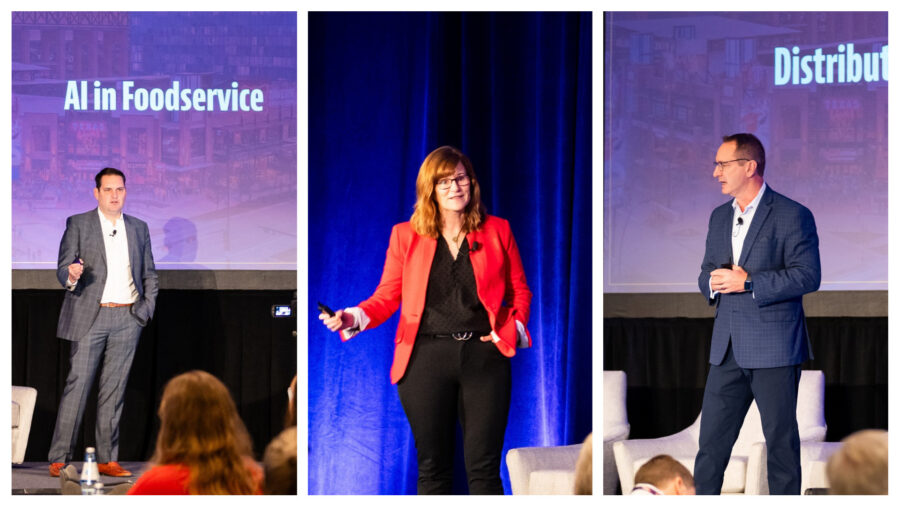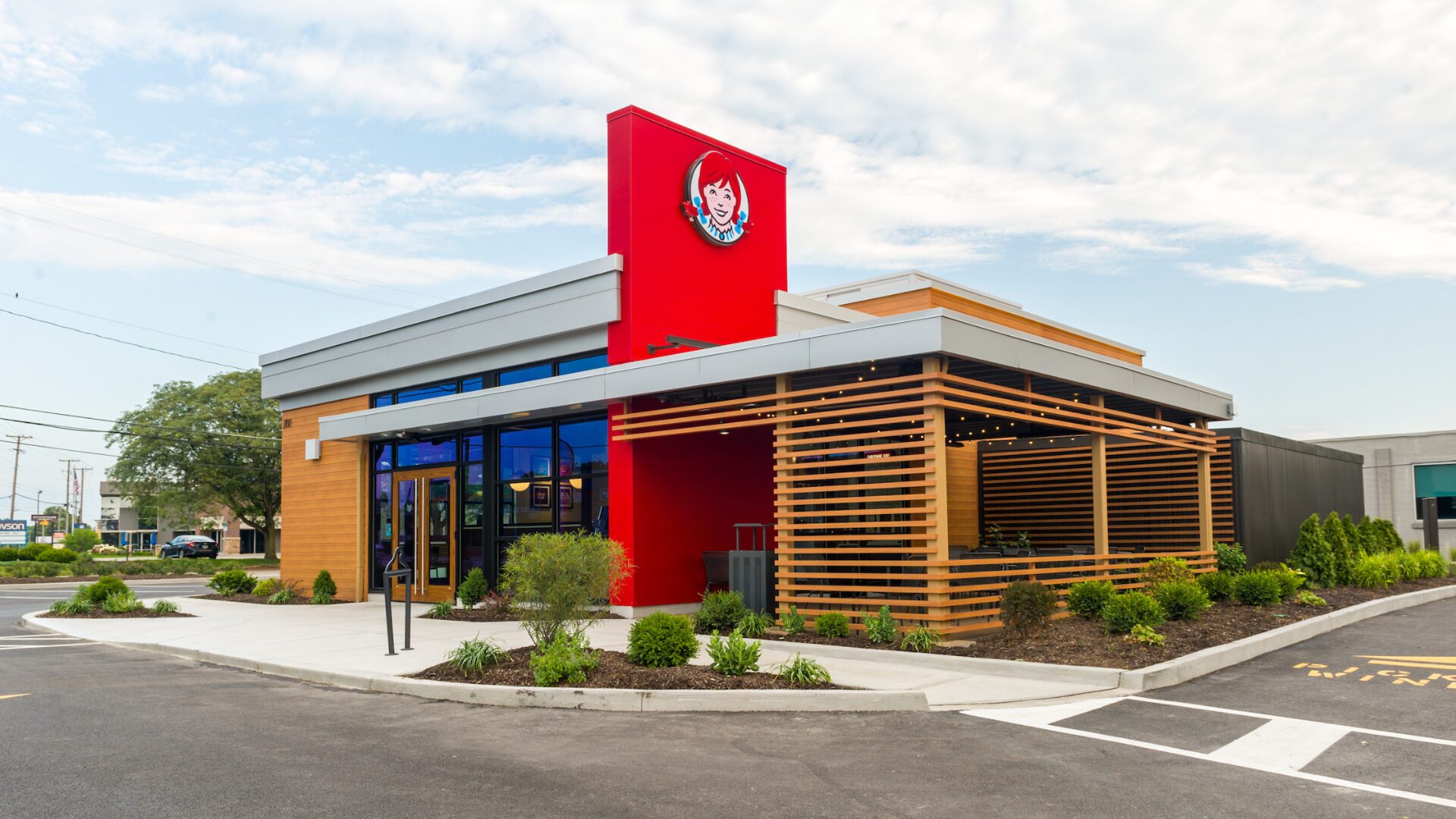Labor challenges, diverging dining hours, and burgeoning menus were among the foodservice themes explored by panelists at info sessions presented by Distribution Market Advantage (DMA) as the organization hosted its Live in Texas event in Arlington between Oct. 23 and Oct. 25.
Major stakeholders from the foodservice industry including distributors, operators, and suppliers convened at Live! by Loews for three days of meetings, networking opportunities, and learning sessions. The Food Institute was invited to attend and came away with three major takeaways for the foodservice industry.
Early Birds and Late-Night Diners
The traditional dinner hour is changing, according to R.J. Hottovy, head of analytical research for Placer.ai. He noted more and more, Americans were becoming early bird diners or enjoying fast-food fare at later hours.
Data shared by Hottovy indicated visitation growth for various fine dining restaurants between the hours of 3:00 p.m. and 7:00 p.m. while visitation dropped for the previously popular 8:00 p.m. to 10:00 p.m. time range.
On the other hand, many diners were turning to quick-service restaurants for food in the later hours of the day. Placer.ai data found growth in the late-night period (defined as the 10:00 p.m. to 4:00 a.m. timeframe) growing for a variety of restaurant operators, including Burger King, Wendy’s, McDonald’s, Taco Bell, and Jack in the Box.
The data showed growth in the breakfast (4:00 a.m. to 10:00 a.m.) and afternoon snack (2:00 p.m. to 5:00 p.m.) time periods among the five examples, as well, with only the dinner period (5:00 p.m. to 10:00 p.m.) showing any declines.
Labor Remains an Issue in Foodservice
Megan Lynberg, vice president of sales Americas at Datassential, noted that although the unemployment rate was normalizing to pre-pandemic figures, the foodservice industry was still contending with labor issues related to wages, skill level, and participation.
To that end, she said 65% of operators had reported they were hiring less-qualified staff for operations in the current environment when compared to historic norms.
Additionally, she shared data on understaffing levels by job position and function within restaurants. Of note, 24% of restaurants said they were significantly understaffed with prep, line, and short-order cooks; 43% said they were also slightly understaffed at these positions.
At the front of the house, there was significant understaffing for both the busser/barback/food runner positions (12%) and servers/bartenders (12%). Twenty-seven percent of restaurants said they were slightly understaffed for both groupings.
Menu Item Counts, LTOs Still on the Rise
David Henkes, senior principal and head of partnerships with Technomic, explained that menu item counts were once again on the rise in the foodservice industry.
He shared data showing a 5.2% increase in menu item counts between first quarter 2018 and first quarter 2023; he also highlighted a 2.7% increase between first quarter 2022 and first quarter 2023 for menu item counts.
Additionally, limited-time offers (LTOs) were on the rise. Technomic tracked 20,722 LTOs across limited-service restaurants, full-service restaurants, and convenience stores in 2022, which was up 2.2% from the year before. More strikingly, these figures were up 45.4% when compared to 2018.
Henkes noted that menu innovation would likely draw in more consumers, but that newer items on the menu could create distribution challenges, especially as menu complexity grew.
The Food Institute Podcast
What does it mean to be omnipresent in the food channel? Daily Harvest founder and CEO Rachel Drori explains how her company aims to meet consumers where they are via direct-to-consumer and retail channels, and how it supports regenerative agriculture across the U.S.












